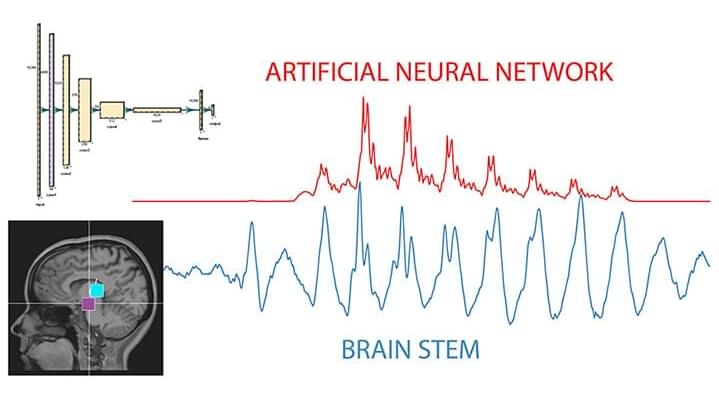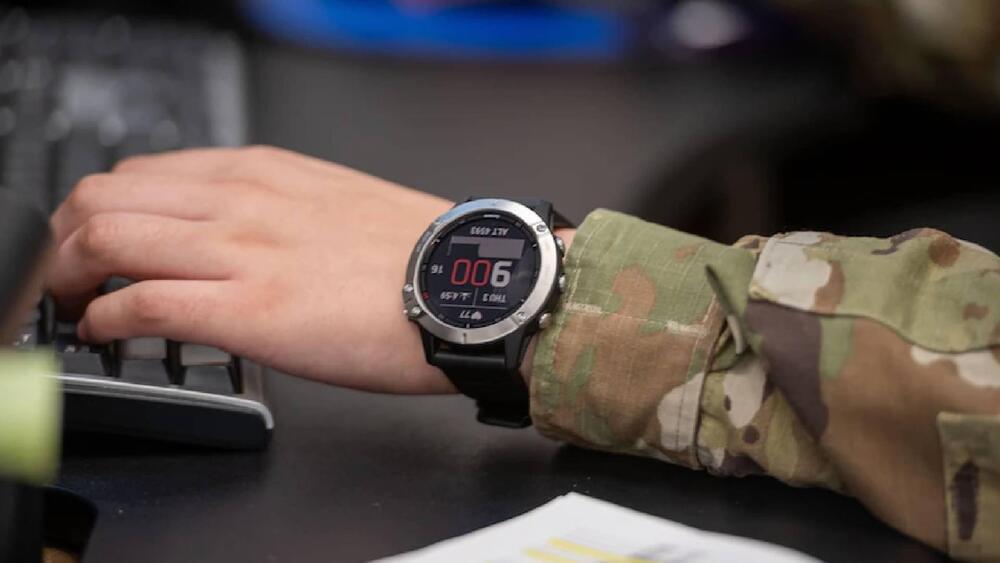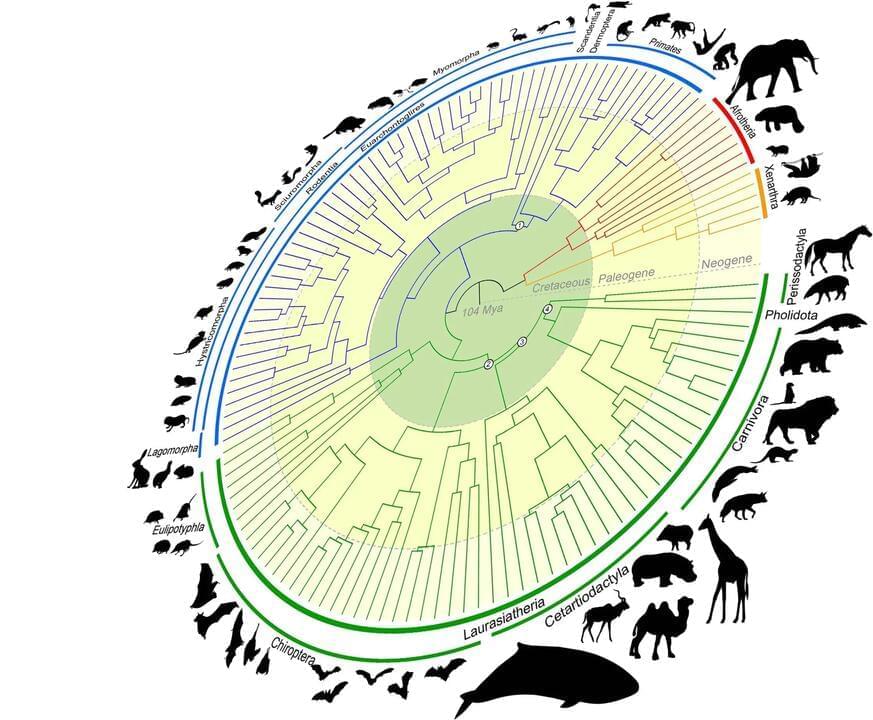New research from the University of California, Berkeley, shows that artificial intelligence (AI) systems can process signals in a way that is remarkably similar to how the brain interprets speech, a finding scientists say might help explain the black box of how AI systems operate.
Using a system of electrodes placed on participants’ heads, scientists with the Berkeley Speech and Computation Lab measured brain waves as participants listened to a single syllable— bah. They then compared that brain activity to the signals produced by an AI system trained to learn English.
“The shapes are remarkably similar,” said Gasper Begus, assistant professor of linguistics at UC Berkeley and lead author on the study published recently in the journal Scientific Reports. “That tells you similar things get encoded, that processing is similar.”







